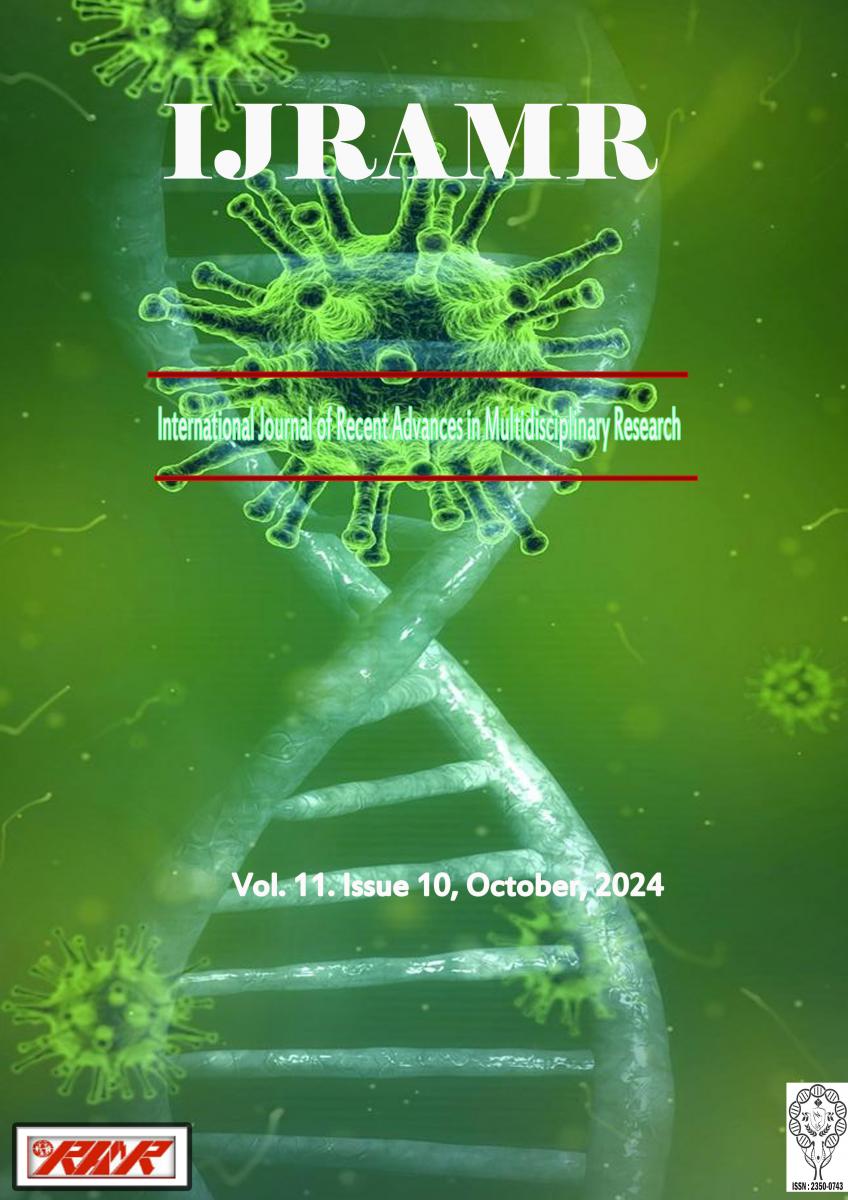Click synthesis and anti-bactrial activiy of novel tris-chalcones
Click synthesize of several novel tris-chalcone with 2,4,6-trichloro-1,3,5-triazine core from reaction of premade tris-aldhydes or tris-acetophenones with aromatic aldehydes or acetophenones under basic conditions in MeOH in the presence of NaOH are reported. All of the synthesized products were characterized by FT-IR, 1H, 13CNMR and elemental analysis. The antibacterial activities of tris-chalcones were estimated versus Staphylococcus aureus, Micrococcus luteus, Escherichia coli, Pseudomonas aeruginosa and Bacillus subtilis. Some compounds display promising activities.






